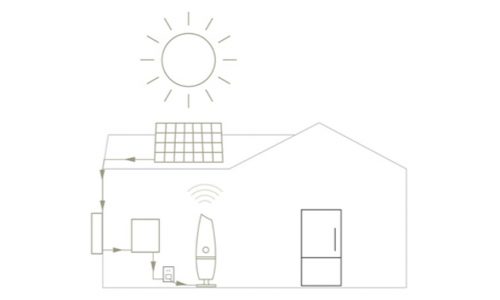Time-of-use (TOU) is a pricing scheme under which utilities charge customers according to what time of the day they use energy. Under this model, utilities charge lower rates during hours of the day when people are not using much electricity, and then raise prices when electricity is at peak demand.
One of the primary purposes of the TOU model is to reduce the environmental impact of ramping up fossil fuel production to meet electricity demand. By charging a higher rate during certain times of the day, utilities are trying to discourage people from using electricity when it will have a negative environmental impact.
While many utilities use or offer a TOU rate plan to customers, the model affects customers differently according to region and the individual electrical situations of the customers.
A Clean Energy Group blog post by project manager Seth Mullendore, recently addressed how Hawaii’s new TOU pilot program, involving 5,000 participants, will negatively affect customers financially.
Mullendore’s solution: energy storage.
He explained that Hawaii’s TOU program is not only increasing the cost of electricity during peak hours, it is also rendering customers’ solar panels virtually useless.
The twist is that under Hawaii’s TOU pilot program the lowest electricity prices occur during the middle of the day – when solar production is at its peak – and ramp up in the evening. Low daytime rates and high evening electricity prices will translate into significantly lower energy savings for solar customers that don’t have a way to store energy generated during the day.
During the hours of the day when solar is producing high levels of power, electricity is only ten cents per kWh. When the sun is no longer shining, the price jumps up to 47 cents per kWh. As a result, all of the electricity consumers produce via solar go to reduce already low rates during the day, and leave customers exposed to pay the full evening rates.
Residential energy storage, however, offers the perfect solution for solar customers.
The realty is simple: storage changes the value proposition for these solar customers. Instead of solar energy merely offsetting 10 cents per kilowatt-hour during the day, it can be stored until the evening when it’s worth much more to both the customer and the utility. Energy storage allows solar customers to maximize the value of their system and fully capture the benefits of solar.
Regardless of what the TOU rates are, or the regional-specific consequences of the model, energy storage is the solution. With energy storage, solar and non-solar users alike, can store power during the low rate periods of the day and save for later usage.
Energy storage gives customers the opportunity to maintain control of their energy usage and overall expenses, even if they do not have control over their rates.
You can read Clean Energy Group‘s full article here.




